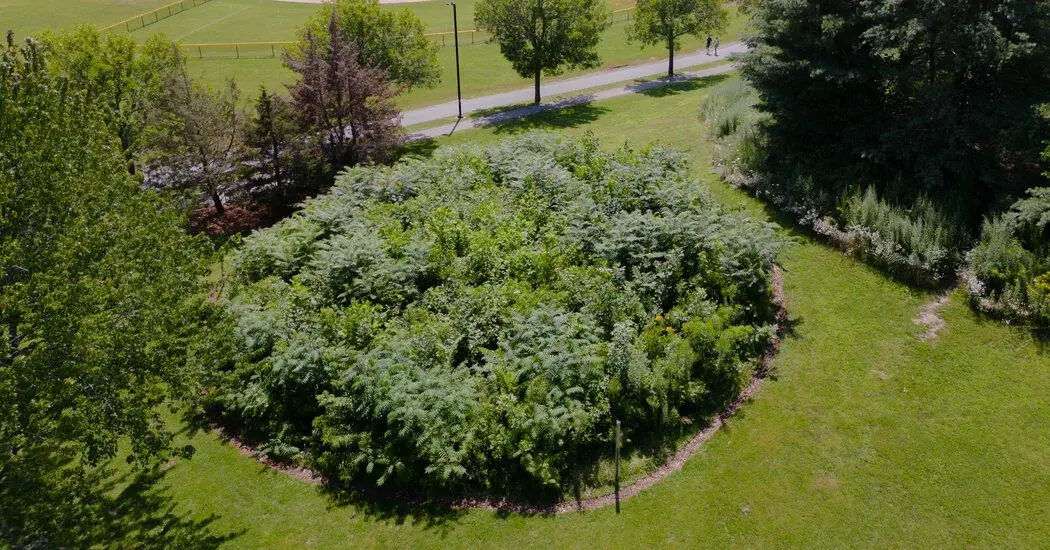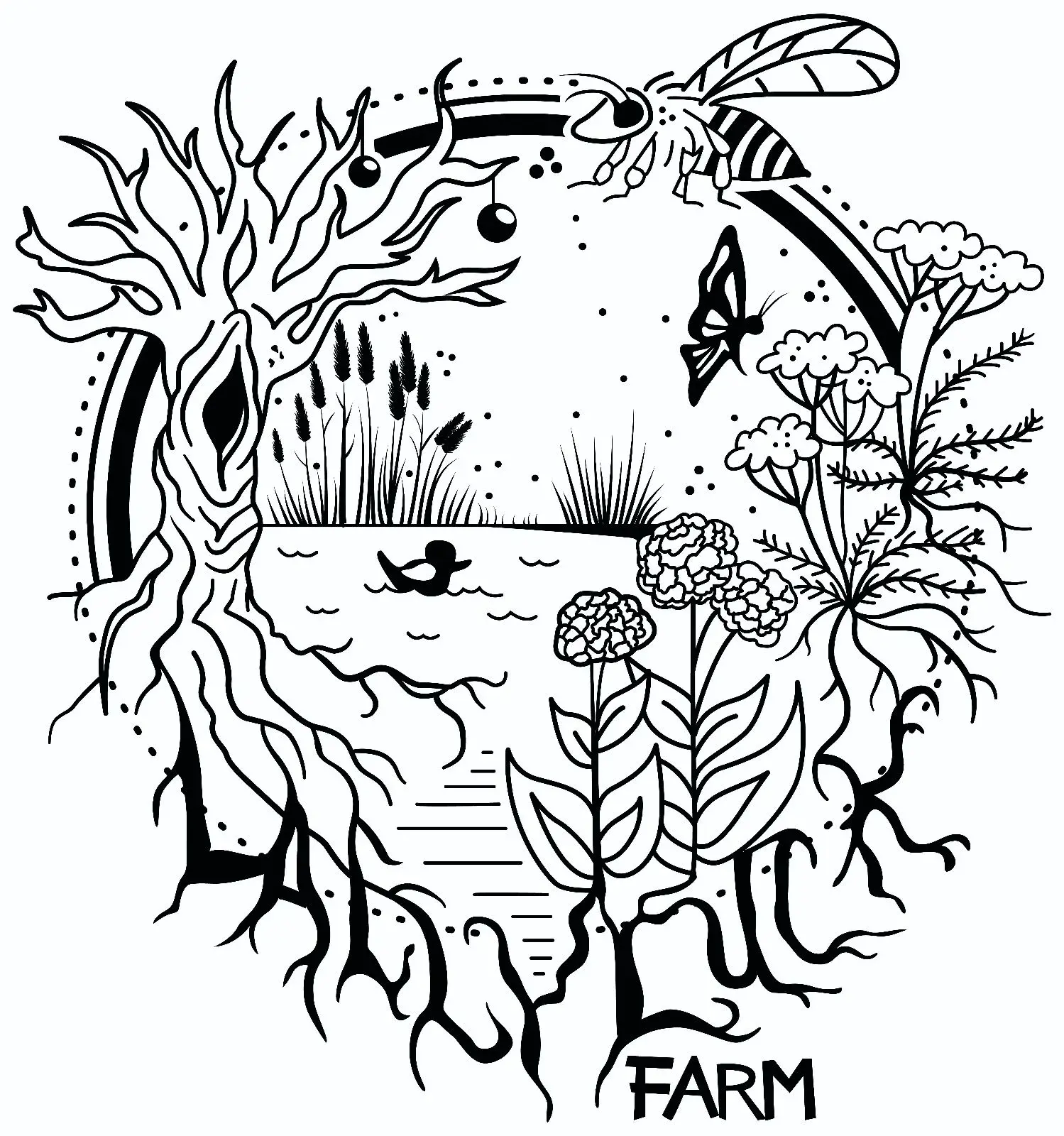NYT gift article expires in 30 days.
Anyone know of a “how to” guidelines for doing this in different regions? I assume you need to have a forest succession plan where fast-growers go in first and slow growers follow?
There are a few approaches we’re familiar with, but for “shotgun” forests a common approach is to plant the pioneer species alongside the apex species in the same planting window, rather than in stages. Personally speaking, a community planting event or similar to expand the footprint of the Miyawaki forests with additional sun loving plants and shade-loving plants on the interior seems like a solid way to increase the community aspect of these installations.
Our favorite books on the subject of forest architecture are Edible Forest Gardens vol. 1 & 2 by Dave Jacke and Eric Toensmeier. Though the forest species might be different, the fundamental patterns and methods for designing and installing small forest systems are well covered. The Forested Landscape Restoration Handbook is a good resource for those interested in the community stakeholder aspect of these projects.
For drylands approaches, Brad Lancaster and Geoff Lawton are two folks we’re familiar with that have some amazing results from their projects in this space.
The Balkan Ecology Project and Mossy Earth have done several projects in Europe that folks may find useful for emulating, depending on what their site factors are. The latter has worked on projects elsewhere across the globe as well, but the documentation and design aspects of the former are pretty snazzy.
Stateside, organizations like Appalachian Sustainable Development have put together some good resources on agroforestry (though we think there is significant overlap in methods) but there are also local NRCS offices who’d love to help people in their area support and plant new forest spaces.
Sorry to gush, we’re really into forests.
Don’t apologize, this is fantastic! Know any resources that pertain to the Pacific Northwest?
Andrew Millison teaches the Permaculture design course at Oregon State University and has some resources on his site and on his youtube channel. He’s pretty fantastic.
Luckily, the PNW practically yearns to be forested so a thoughtful design and installation plan has a good chance of success and succession.
This post from the group that funded it has a fair amount of specific plant species named that were used in the forest that was planted in LA.




